Spring has sprung and with the warmer weather comes an abundance of fresh, bright fruits and vegetables. From seasonal produce to traditional foods that come with the season, here are twenty-six ingredients and recipes to kick off your spring celebration.
By Annelise McAuliffe
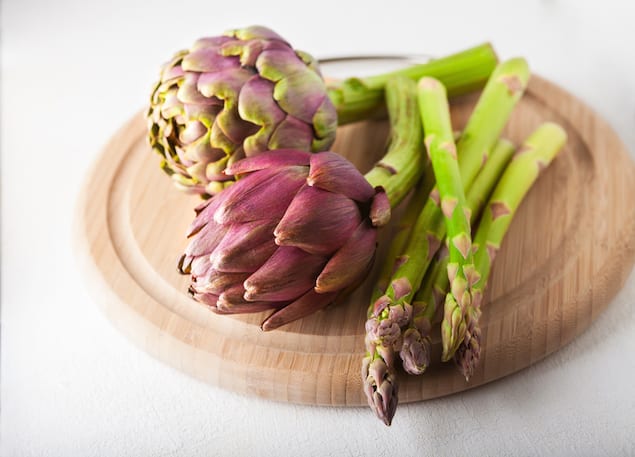 Shutterstock: supercat
Shutterstock: supercat
A is for Asparagus and Artichoke
Asparagus and artichokes are some of the first sure signs of spring. Both vegetables are delicious when simply cooked and served with a rich, buttery hollandaise sauce. If you aren’t sure how to cook an artichoke, head here and make this year be the year you learn. Combine the two greens together on one delicious spring pizza. Try the Artichoke and Asparagus Thin-Crust Pizza here.
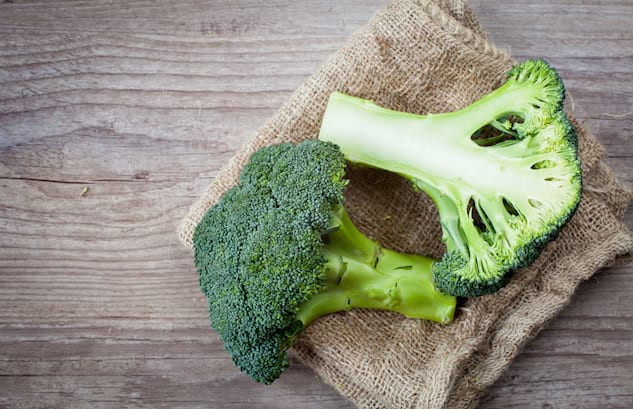
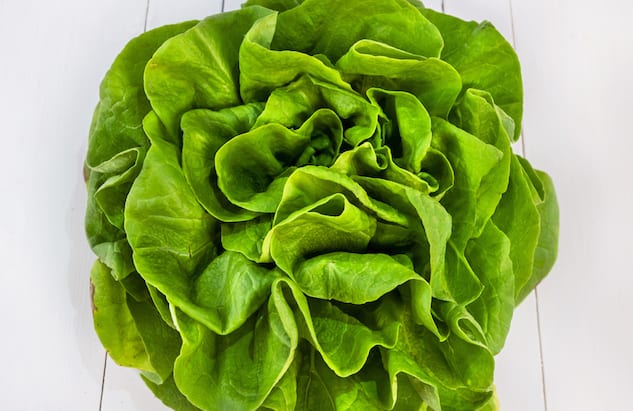 Shutterstock: Sabino Parente, Bennian
Shutterstock: Sabino Parente, Bennian
B is for Broccoli and Butter Lettuce
When cooking with broccoli, be sure to use the whole thing, stem and all! Try this recipe for Crispy Tofu and Broccoli Bowls with Spicy Hoisin Sauce to use the traditional florets. Then, use the stems in a garlic-broccoli puree that is used to fill delicate tortellinis. Get the recipe here. Butter lettuce will arrive early in spring when gardeners and farmers pull out some of the baby plants to allow other lettuces to come to full size. The versatile green stays true to its name with a mild, delicious flavor. Try making a lettuce wrap with its silky leaves or a simple salad using spring’s radishes, herbs, and avocados. Get the salad recipe here. For a cooked take on the lettuce, try this Buttered Lettuce with Toasted Almonds that is drizzled with acidic apple cider vinegar.

C is for Chives
With a beautiful purple flower, the garlic or onion tasting plant is ideal for adding bright green color to a dish. A great topping for a soup, an appetizer or eggs Benedict. Try making these savory chive donuts for great garlic flavor. Or, make a flaky biscuit with chives folded into the dough. Get the recipe here.
 www.heavensharvestfarm.com
www.heavensharvestfarm.com
D is for Dandelion Greens
If you are looking for a leafy green packed with a nutritious punch this spring, dandelion greens are just the thing. The foraged plant can be easily found in your own backyard or your farmer’s market. The bitter, peppery green has a robust flavor that can add interest to a plain lettuce or grain salad, it can be a nutritious addition to a smoothie, or a toned down side dish when sautéed. Try adding it to pasta or risotto, too. Get a pici pasta recipe here.
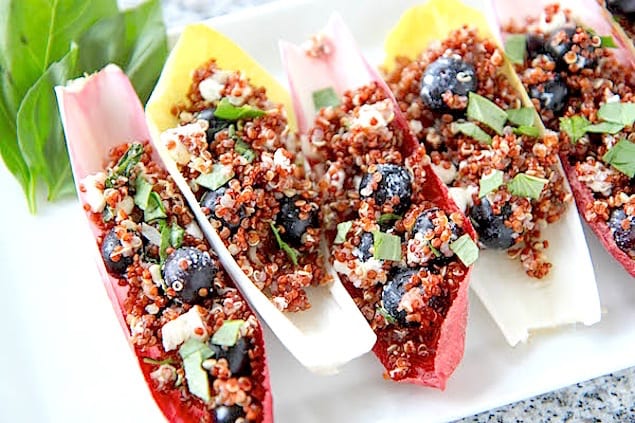
E is for Endive
A bitter lettuce that is perfectly shaped to hold delicious appetizer, what could be better? Fill the leaves with cold, marinated shrimp, avocados, herbs, and other seafood for a truly refreshing bite. Also, try this recipe for endives stuffed with a quinoa, blueberry, and basil salad. Enjoy the endive braised or roasted for a subtler flavor. Try this recipe for an endive cooked in white wine.
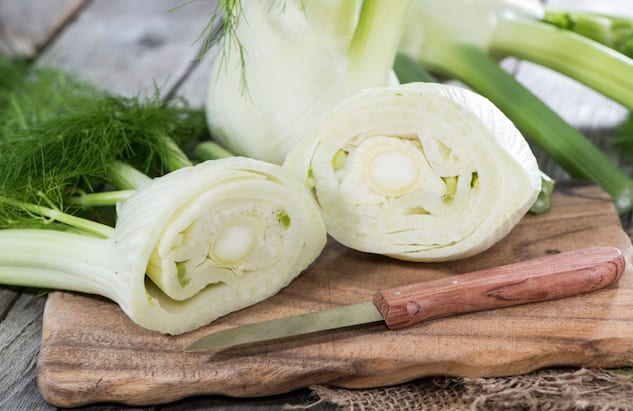
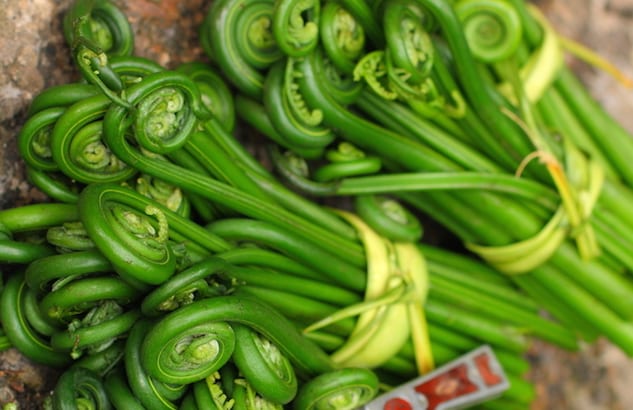 Shutterstock: HandmadePictures,Yu Zhang
Shutterstock: HandmadePictures,Yu Zhang
F is for Fennel and Fiddleheads
With is interesting anise or licorice flavor, fennel seems to be loved or hated. Serve the herb root fresh in this Fennel Salad Topped with Sesame-Orange Tofu. For a different interesting flavor, try it caramelized. Totally rich, this Caramelized Fennel and Shallot Pasta with Creamy Burrata will turn you into a fennel lover if you aren’t already.
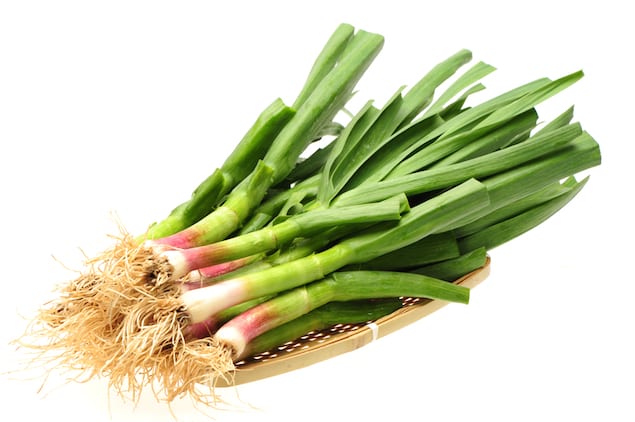 Shutterstock: JIANG HONGYAN
Shutterstock: JIANG HONGYAN
G is for Green Garlic
Green garlic is a true highlight of spring. Also called spring garlic or young garlic, it is simply garlic that has not matured into a larger bulb. Just like with baby lettuce, green garlic is produced when the garlic crop is thinned out in the spring. Pickle your green garlic for later, add it to sauces, spreads, your morning omelet or to top a pizza or sandwich. Try this green garlic pasta with rich brown butter and a fresh hint of lime, or check out The New York Times’ favorite ways to enjoy the green.
 Shutterstock: vsl
Shutterstock: vsl
H is for Halibut
Although available all year round, Pacific halibut season officially kicks off in March and runs until the fall. The fresh flavor of this white fish makes it perfect to serve with spring vegetables or spring-inspired pastas. This fish cooks quickly and is great for your first grilling adventure of the season. Check out great halibut recipes here.
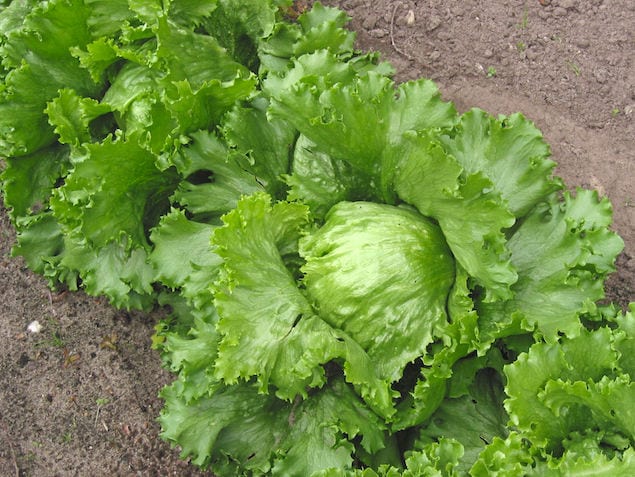 commons.wikimedia.org
commons.wikimedia.org
I is for Iceberg Lettuce
A popular leaf in American salads, this mild green is great for flavorful sandwiches (especially BLT’s) that don’t need a fun spice from something like arugula. However, iceberg is a great lettuce for the classic wilted lettuce dish. To spice things up, try this recipe for a stir-fried iceberg with plenty of bold flavor.
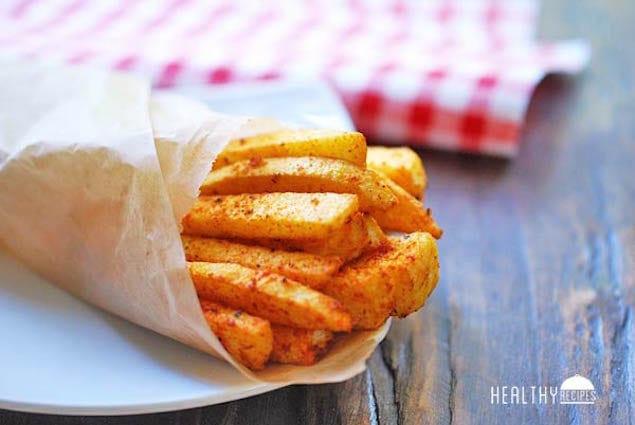 http://healthyrecipesblogs.com
http://healthyrecipesblogs.com
J is for Jicama
Rather than debuting in the spring, the season for jicama is ending soon. Eat it up while you can! Similar to a turnip, but with a milder flavor, jicama can be enjoyed raw with some salt and like juice. Try it for a nice raw crunch in a pineapple salsa or cooked similar to how you would treat a potato. Jicama fries are the new thing! Try this recipe for a crispy, cooked version.
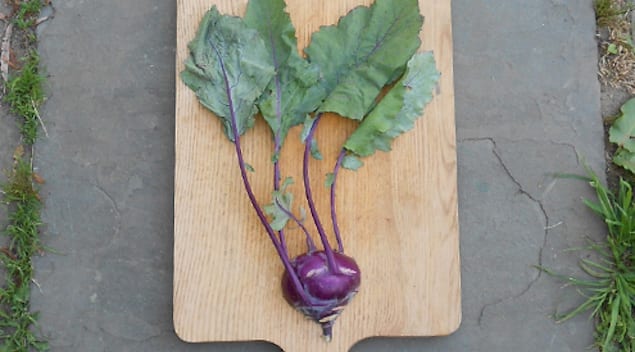
K is for Kohlrabi
This root is truly a refreshing sign of spring. Enjoy it raw for a delicious and addictive crunch that almost reminds us of a cross between watermelon and cucumber. Try this recipe for kohlrabi fitters or keep it raw and add it to coleslaw. We also love a more hearty cooking of kohlrabi especially in this yogurt kaalan curry. Get the recipe here.
 Shutterstock: Ken Schulze
Shutterstock: Ken Schulze
L is for Leeks
Also in allium family, the leek is grown all winter and harvested in the spring. With a mild-onion flavor, the leek is usually consumed sautéed or fried, but may also be eaten raw. Use leeks in any application that you would normally use onions and garlic. For a fun baking project, try these leek and rosemary pork sausage rolls.
 Don Bendickson
Don Bendickson
M is for Morels
The honeycomb-shaped mushroom with its earthy flavor only comes about in nature in spring when the temperatures are warmer and wet. Because of low levels of toxicity, always cook these mushrooms before eating and be sure to obtain them from a trustworthy source. Try this grilled ciabatta with earthy morel mushrooms.
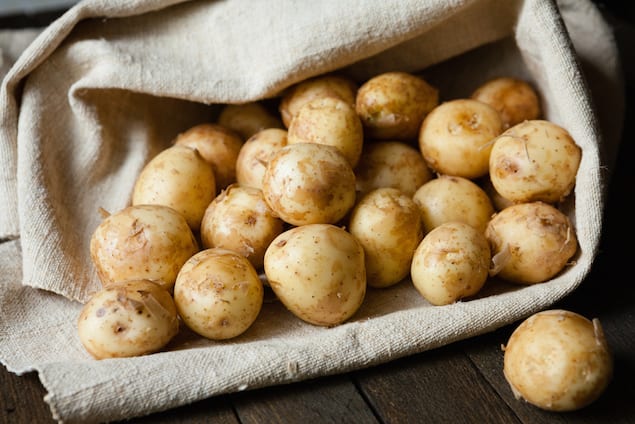 Shutterstock: Olha Afanasieva
Shutterstock: Olha Afanasieva
N is for New Potatoes
These potatoes with a thin skin are smaller, younger and some of the first of the crop to be harvested. Because of their small size and delicate flavor, it is delicious to incorporate them into simple dishes such as salads. They are also wonderful bite-sized appetizers when roasted with herbs. Try this recipe for a black rice salad with new potatoes.
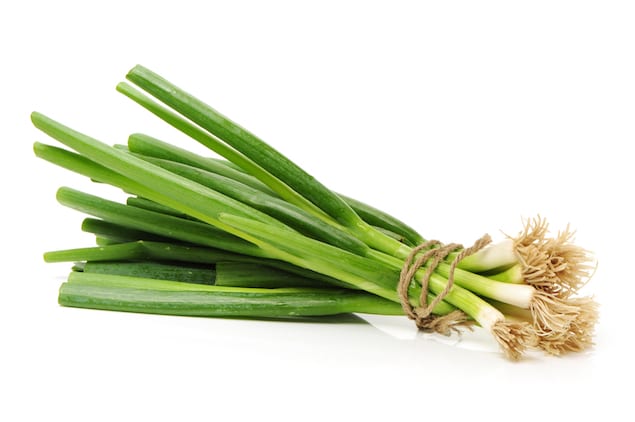 Shutterstock: JIANG HONGYAN
Shutterstock: JIANG HONGYAN
O is for (Green) Onions
Just like green garlic, green unions are undeveloped bulb onions harvested early in the season. Being a familiar vegetable, we all know what enticing, subtle they can bring to a dish, whether served raw or cooked. Try them in this recipe for scallion pancakes.
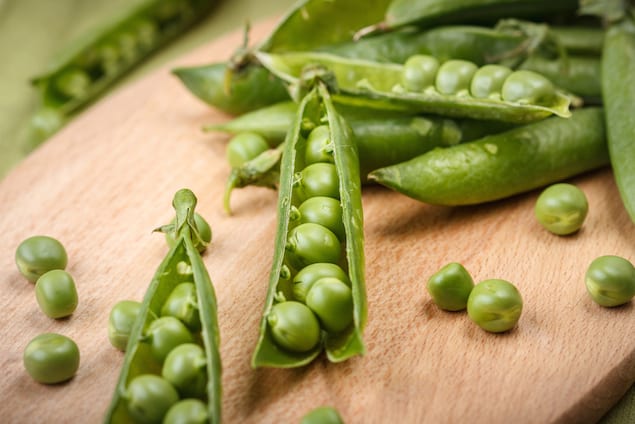 Shutterstock: NADKI
Shutterstock: NADKI
P is for Peas
We all know that spring peas in a variety of forms will be dotting our tables shortly, especially at Easter celebrations. If you have a garden you also know that it is far too easy to eat all of the peas you have collected before you make it back inside. Truly get into the spring spirit with mint and pea salad, or try this pea burrata. For a smashed pea recipe, treat it like you would avocado toast. We love this go-to recipe for a pea and chive spread on crisp bread. Or even add pea shoots to your grilled cheese, get the recipe here.
 Photography by Rob Palmer
Photography by Rob Palmer
Q is for Quiche
Please excuse the lack of ‘q’ named ingredients. Can someone create a cool variety of produce and have it start with a ‘q’? Quiche is far from being a strictly spring food, but it is very east to incorporate spring vegetables and flavors at your next spring or Easter brunch. Try this recipe and think about adding some green onions, green garlic, asparagus, or radishes.
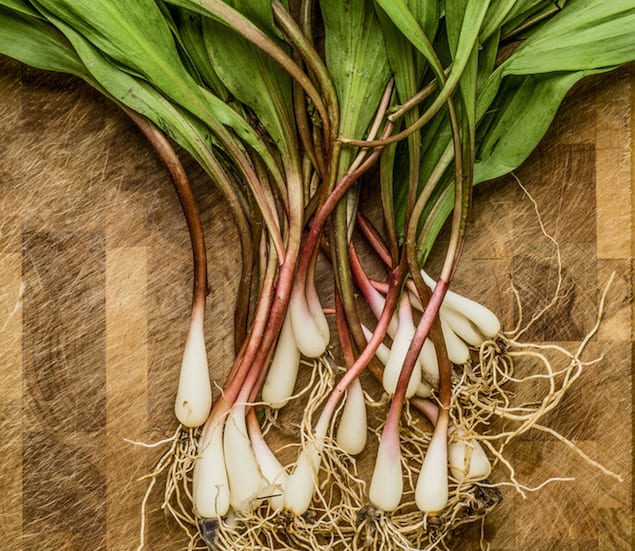 Shutterstock: Tom Biegalski
Shutterstock: Tom Biegalski
R is for Ramps
When ramps arrive you can be sure it is officially spring. Growing exclusively on the East coast of the United States and Canada, and only in season eight weeks out of the year, this elusive member of the onion family has created quite the reputation for itself. Try our favorite ramp recipes here.
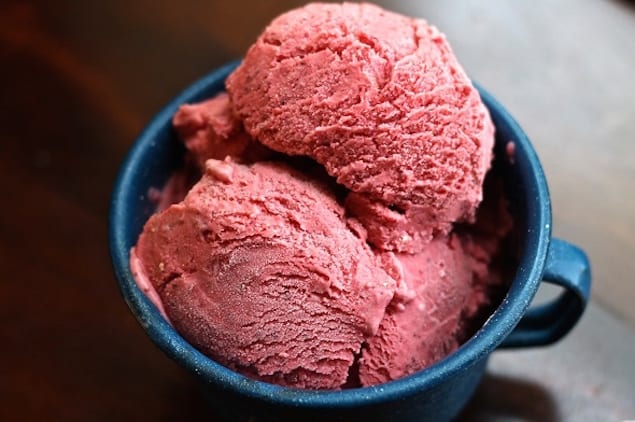
S is for Strawberries
The berry kicks off its season in April and will continue bringing delicious joy until about August. From savory salad preparations to sweet and summer strawberry shortcakes, these berries really put us in a warm weather mood. Put the strawberry into cakes, plop one in your next drink, or try this recipe for wild strawberry sorbet.
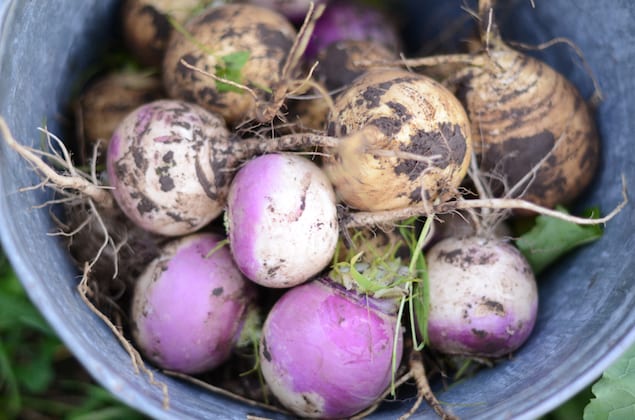 Shutterstock: EduardSV
Shutterstock: EduardSV
T is for Turnips
Turnips have a wide range of colors, shapes, and varieties that are available throughout the year. However, they are at their prime in the fall and spring times. Their greens have a bold, mustard-like flavor, but the root is more mild and startch-y. Try this Portuguese rice recipe to use turnip greens. The root of the plant may be cooked like a potato, but we love this roasted baby turnip recipe.
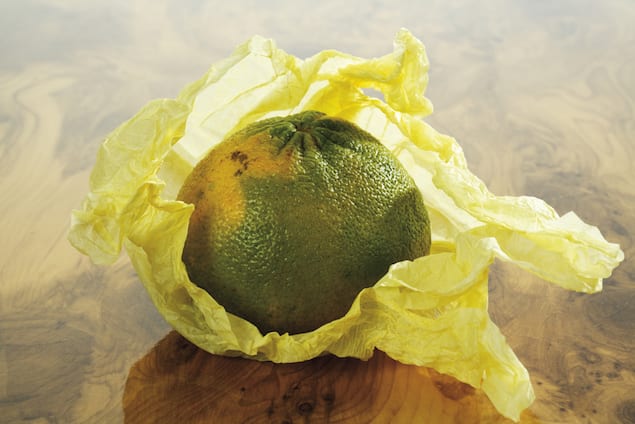 Shutterstock: In Tune
Shutterstock: In Tune
U is for Ugli Fruit
Get the last of the Ugli citrus fruit before it leaves for the summer. Grown in Jamaica, the Ugli fruit is teardrop shaped and is a blend of a grapefruit and tangerine with a unique green, wrinkly skin until it ripens and turns orange. Juice the citrus for your next smoothie, juice, cocktail or incorporate it into baked goods or a salad dressing.
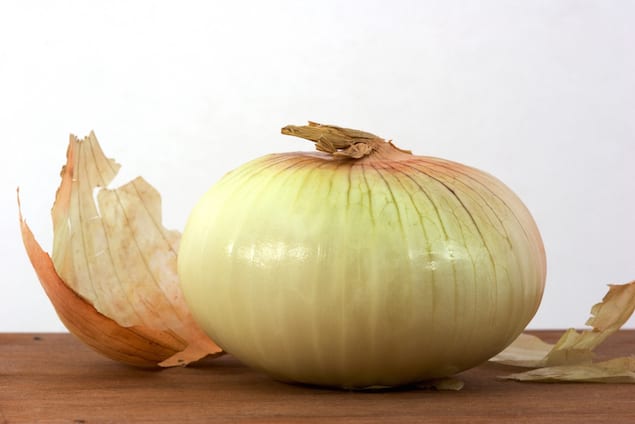 Shutterstock: David Dea
Shutterstock: David Dea
V is for Vidalia Onion
The Vidalia onion grows under the soil during the winter months and is ready to be enjoyed in early spring. This sweeter onion is used all year round in cooking, but it is fun to give it its special spotlight in the spring. With their sweet flavor, try this recipe for grilled vidalia onions to add some char and caramelization flavors.
 Shutterstock: SOMMAI
Shutterstock: SOMMAI
W is for Watercress
Take advantage of watercress during its spring harvest and add the delicate-looking leaf to your meals for a refreshing and peppery flavor. Check out this goat cheese dip that goes from plain to unique with the addition of the green and blueberries, get the recipe here. Want something more adventurous? Click through these watercress recipes.
X is for X Marks the Spot
The spring season is where its at, but for this spot on the alphabet we are currently accepting submissions for spring foods that start or, let’s face it, even contain an ‘x’.
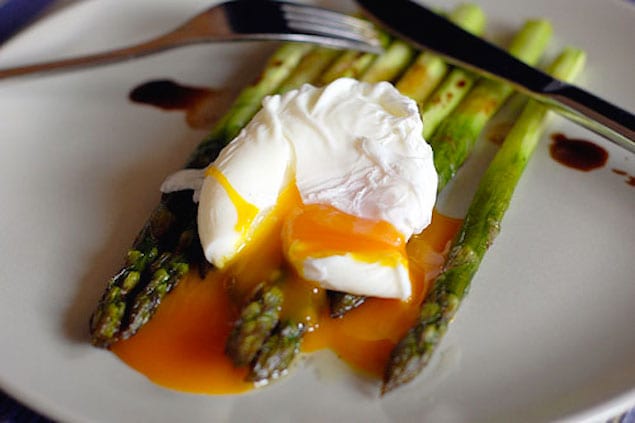 www.seriouseats.com
www.seriouseats.com
Y is for Yolks
Obviously there aren’t many spring fruits or vegetables that begin with the letter ‘y’. However, when you think about it (or really need a word that starts with ‘y’) you will notice that eggs, especially yolks make a bigger debut in spring. Around easter eggs become deviled, pickled, dyed, and cooked every which way at brunch. Yolks become apparent in salads showcasing baby greens in the spring and in rich sauces drizzled over asparagus or for artichokes to dunk into. Also, what kid hasn’t wondered if an egg will balance during the spring equinox? While there may not be a particular recipe for this spring ingredients, just be sure to incorporate a bright bit of yolky yellow in your cooking this season.
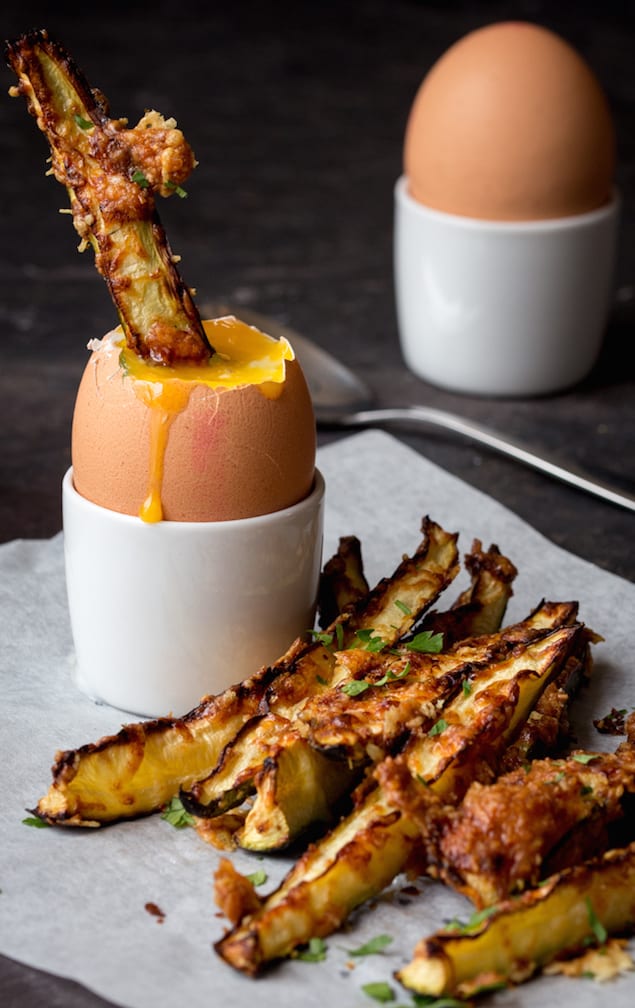
Z is for Zucchini – Plant it
Zucchini is not ready to eat right now, but if you want the squash and its blossoms to enjoy later in the summer, now is the time to plant. Once they arrive, be sure to make these baked zucchini fries, stuff fried blossoms with goat cheese like in this recipe, or grate and freeze some for the winter months when you are craving this chocolate and yogurt zucchini bread.
Did we miss any that are your favorites? Or do you have great ideas for the more unusual letters? Tell us in the comments!











